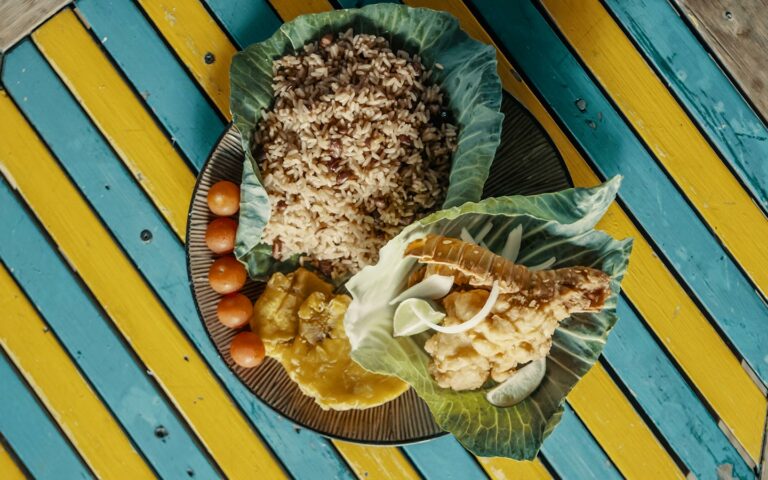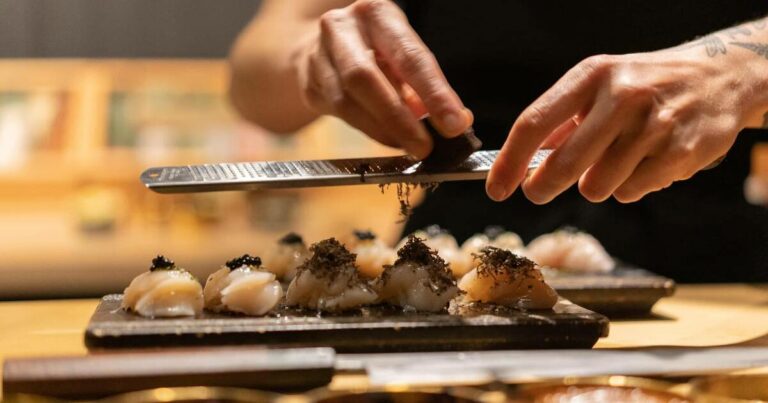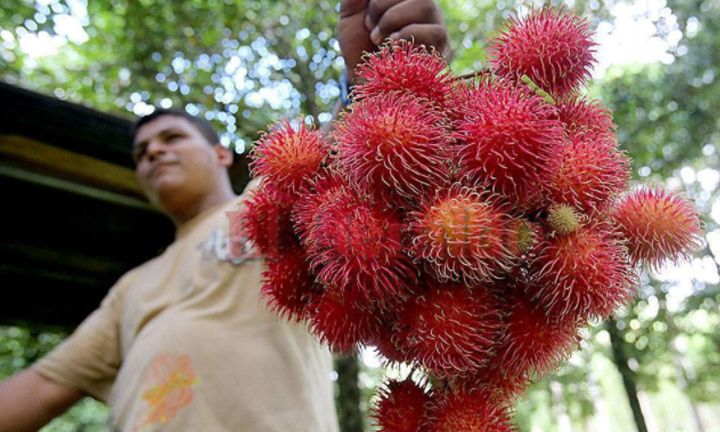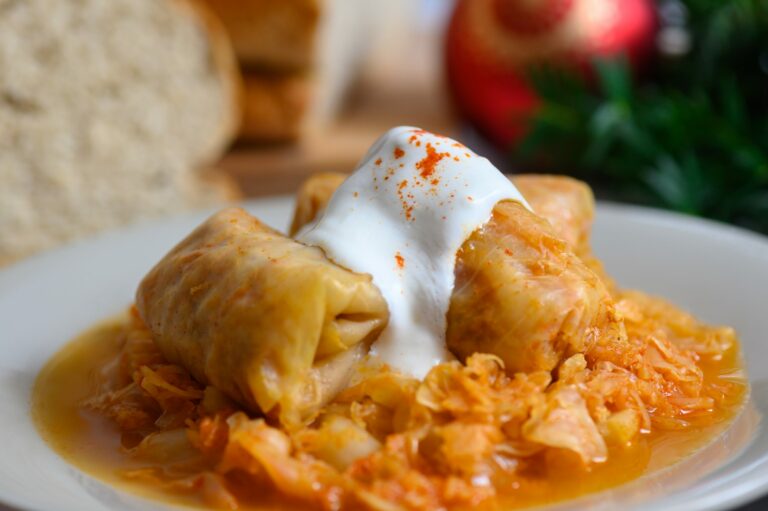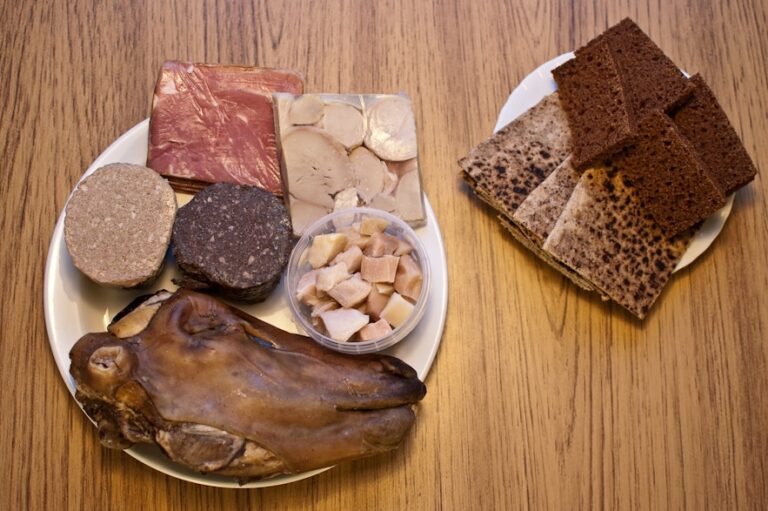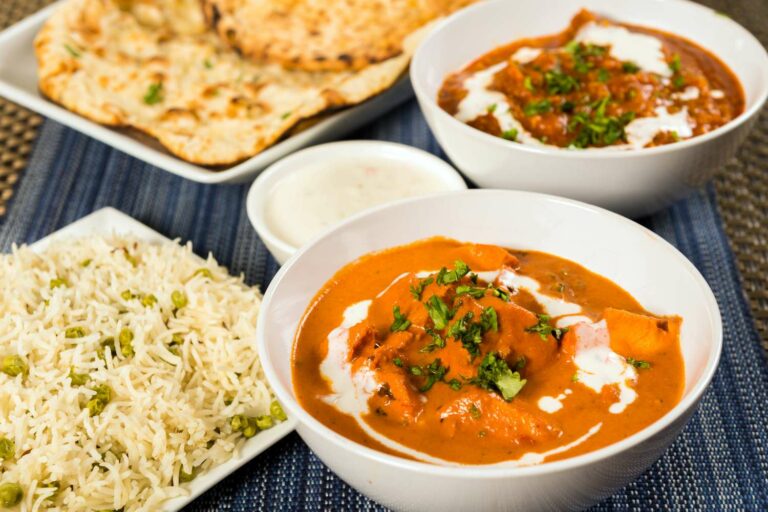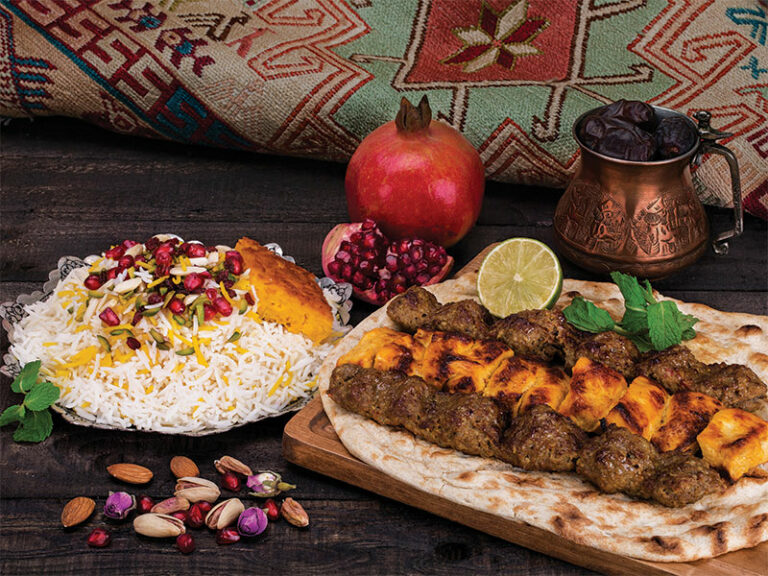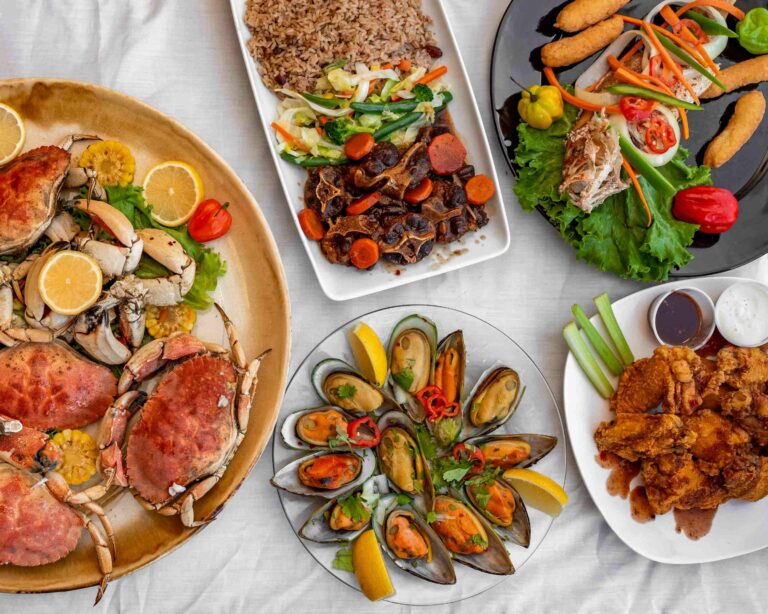Introduction: The Richness of Haitian Cuisine
Haitian cuisine is known for its rich blend of African, European, and Caribbean influences. The country’s cuisine boasts of diverse ingredients, spices, and cooking techniques that have evolved over time. Haitian food is a reflection of the country’s history, culture, and environment. It includes a variety of seafood, meats, vegetables, and fruits.
Haitian Fruits: Discovering the Unknown
Haiti’s tropical climate makes it an ideal place for growing a variety of fruits. Some of the fruits that are commonly found in Haitian cuisine include mangoes, pineapples, passion fruit, and papayas. However, there are also many lesser-known fruits that are unique to Haiti.
The Exotic and Nutritious Mombin
One of the unique fruits found in Haitian cuisine is the mombin, also known as the hog plum or the Spanish plum. This small, yellow fruit has a sweet and tangy flavor and is packed with vitamins and minerals. Mombins are often eaten raw or used in jams, jellies, and sauces.
The Sweet and Sour Soursop
Another unusual fruit found in Haitian cuisine is the soursop, which is also known as graviola in some parts of the world. This green, spiky fruit has a sweet and sour flavor and is often used to make juices and desserts. Soursop is known for its high vitamin C content and is believed to have many health benefits.
The Versatile Breadfruit
Breadfruit is a starchy fruit that is used as a vegetable in Haitian cuisine. It has a mild flavor and a texture similar to bread when cooked. Breadfruit can be boiled, roasted, or fried and is often used as a substitute for potatoes or rice. It is also a good source of fiber, vitamins, and minerals.
The Colorful and Flavorful Calabaza
Calabaza is a type of pumpkin that is commonly used in Haitian cuisine. It is a versatile vegetable that can be used in soups, stews, and side dishes. Calabaza has a sweet and nutty flavor and is packed with vitamins and minerals. It is also a good source of fiber and antioxidants.
Conclusion: Exploring the Diversity of Haitian Cuisine
Haitian cuisine is a testament to the country’s diversity and history. The unique fruits and vegetables found in Haitian cuisine reflect the country’s tropical climate and the creativity of its people. By exploring Haitian cuisine, we can discover new flavors and ingredients that are sure to broaden our culinary horizons.

